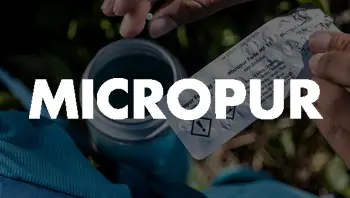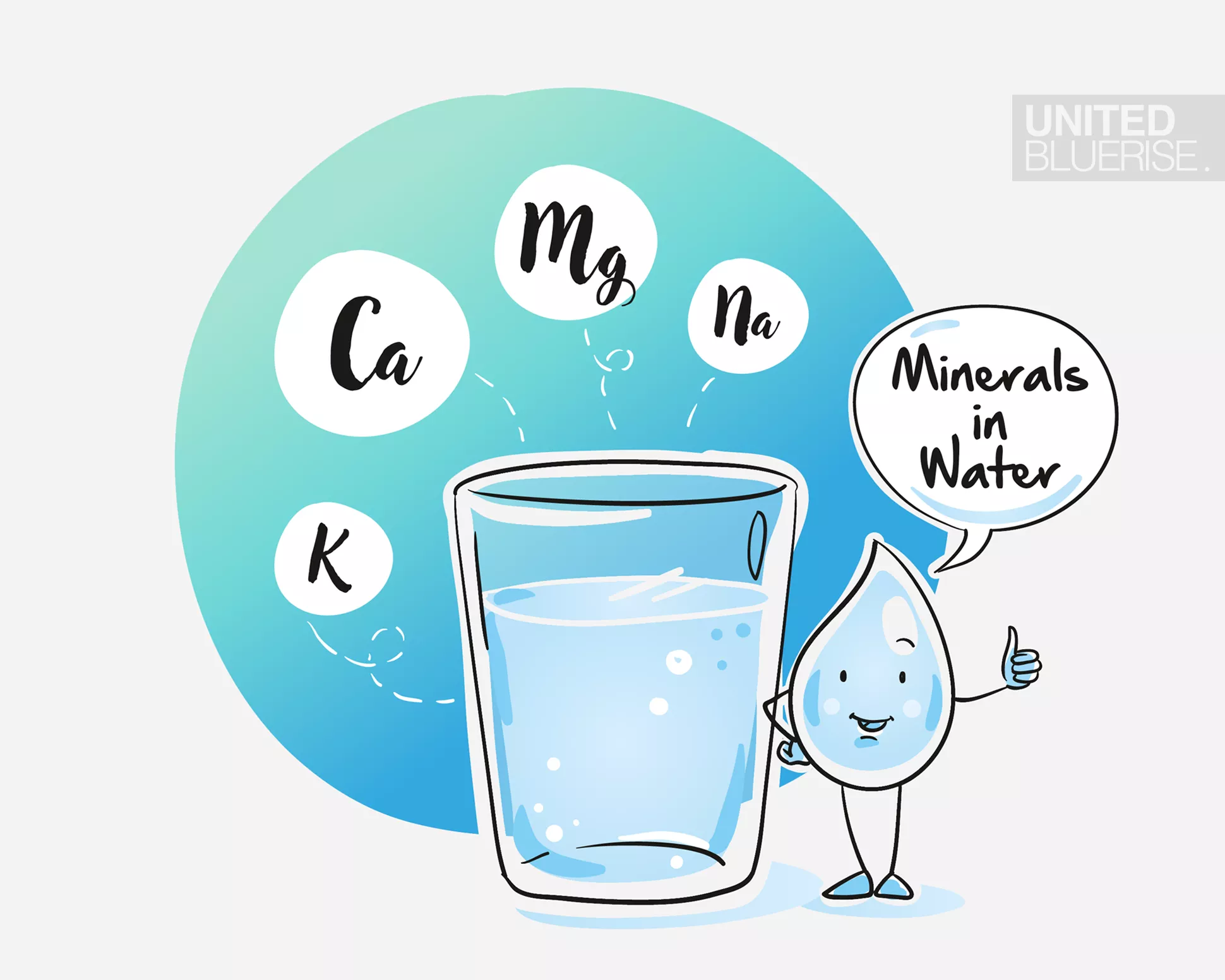The kinds and quantities of mineral in water might differ according to the source and methods of treatment. Some minerals are good to health in adequate doses, whereas others can be toxic beyond specific amount.
Most Beneficial Minerals in Water:
- Calcium: A mineral required for strong teeth and strong bones. It can also influence water hardness and lead to scale accumulation in pipes and appliances.
- Magnesium: This mineral can impact water hardness as well as contribute to scale accumulation. It is also necessary for the maintenance of sound muscles and nerves.
- Sodium: an element that regulates the blood pressure and the equilibrium of fluids in the body. It is also found in salt and can affect the flavor of water.
- Potassium: is a mineral which is essential for muscle and nerve health. It can also improve the initial taste of water.
- Iron: an element that can alter the color and flavor of water. Iron concentrations in water may result in staining and discoloration.
- Manganese: an element that can influence the color and flavor of water. Manganese levels in water may result in staining and discoloration.
- Zinc: A nutrient essential for the immune system and wound healing. It can also improve the flavor of water.
Harmful Water Minerals:
periodic testing of water for consumption can assist identify the existence of hazardous mineral and allow for the implementation of necessary treatment methods. Here are a few instances of water minerals that are harmful:
- Lead: Lead is a harmful metal found in drinking water as a result of lead pipes, taps, and solder. It has the potential to harm the nervous system and brain, along with other organs.
- Arsenic: Arsenic constitutes a poisonous metal that can be found in drinking water as a result of natural deposits or human activity contamination. It has been linked to skin damage, cardiovascular issues, and a higher probability of cancer.
- Mercury: is a hazardous metal which can be found in drinking water as a result of natural deposition or contaminated from human activity. It has the potential to harm the nervous system and brain, along with other organs.
- Fluoride: Fluoride is a substance that is frequently added to water for drinking to aid in the prevention of tooth decay. Excess fluoride use, on the other hand, can induce dental fluorosis (white spots or stripes on teeth) and fluorosis of the skeletal system (joint discomfort, stiffness, and bones fractures).
- Nitrate: Nitrate is a chemical found in drinking water as a result of agricultural and industrial operations. Excessive nitrate consumption in babies can result in methemoglobinemia (a disorder that limits the capacity of the blood to transport oxygen).
Methods of Removing Harmful Minerals From Water:
- Reverse Osmosis: The process of reverse osmosis is a method that removes dissolved particles, including substances, from water using a semi-permeable membrane. The membrane enables water to flow through while preventing dissolved solids from passing through. Minerals such as lead, arsenic, fluoride, and nitrate can be removed from water with this method.
- Distillation: Distillation is the process of boiling water to produce steam, which then condenses back into the state of liquid. As the steam rises, the minerals as well as other pollutants in the drinking water are left behind. Minerals like arsenic, lead, and mercury can be removed from water using this method.
- Ion Exchange: An ion exchange is the process of putting water over a resin that swaps hazardous minerals (including arsenic, lead, and mercury and nitrate) for innocuous ions like sodium or potassium. By adding salt to the resin, the trapped minerals can be released.
- Activated Carbon: filtering involves running water over an array of activated carbon, that accumulates minerals and other impurities. Minerals such as arsenic, lead, and mercury can be removed from water using this method.
- Chemical Treatment: The process of chemical treatment includes adding chemicals to water, like chlorine or potassium permanganate, to oxidize or precipitate hazardous minerals, which are subsequently removed via sedimentation or filtering.
- Ultraviolet (UV) Treatment: UV treatment is the process of disinfecting water by eliminating viruses, bacteria, and other microbes using ultraviolet light. This method is often employed in water purifier to eliminate dangerous germs from water.
How UNITED BLUERISE Can Help
We, at UNITED BLUERISE, aim to promote rewarding sustainable solutions where the health benefits of a “pure-living” truly meet in parallel with environment challenges of a “plastic-free” world.
The goal for all of us surely to stand up for an ideal and unite towards a better world by sharing facts, ideas and advice on how to live a more responsible life. Our consuming culture is polluting our planet. We need prompt lifestyle changes when it comes to single-use plastic. Our goal is ultimately to reduce plastic waste. Plastic is not only polluting our planet and impacting communities around us, but it’s also making its way into our bodies through the air we breathe, food we eat, and water we drink.
Article: QL-7103







